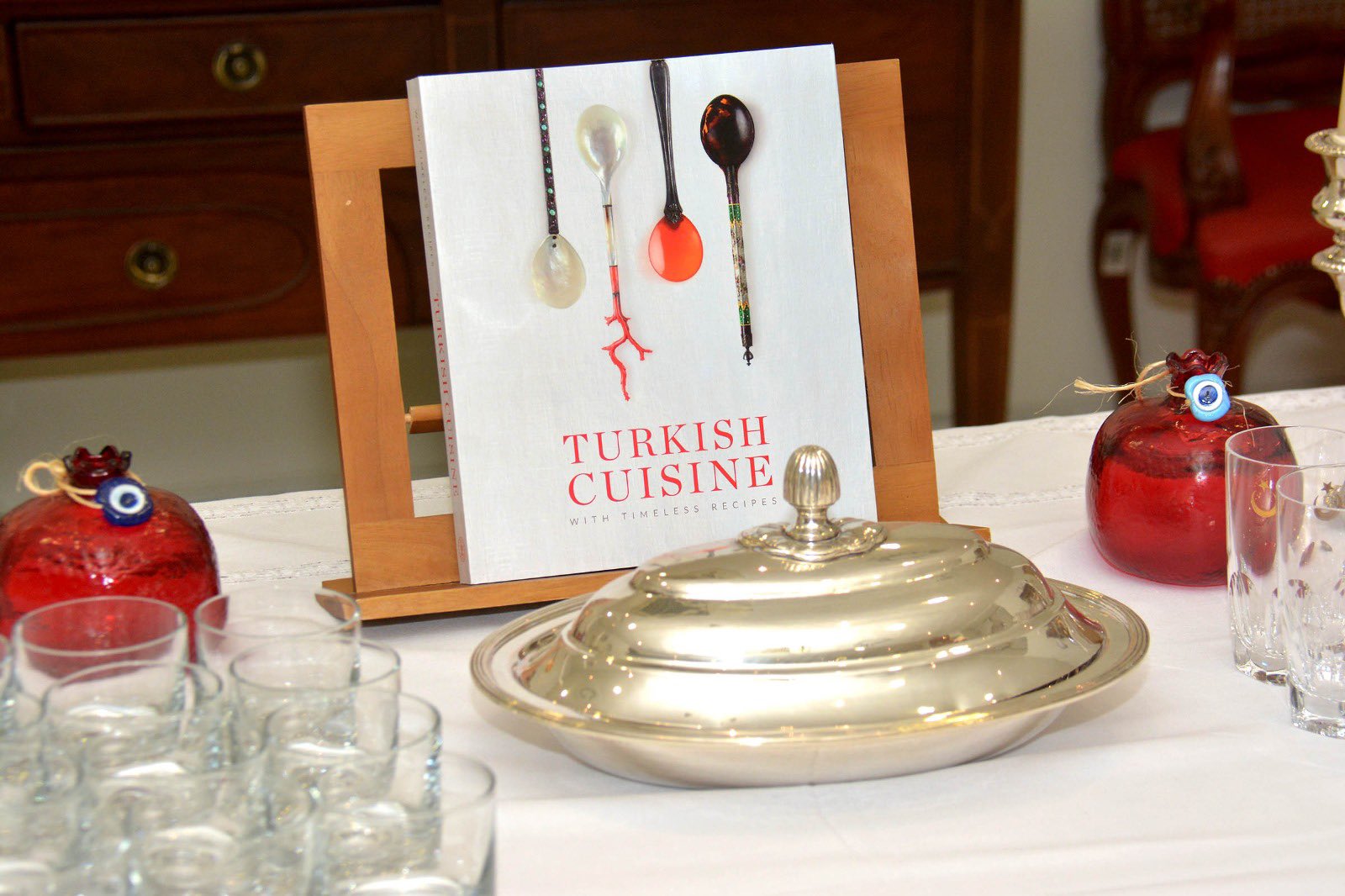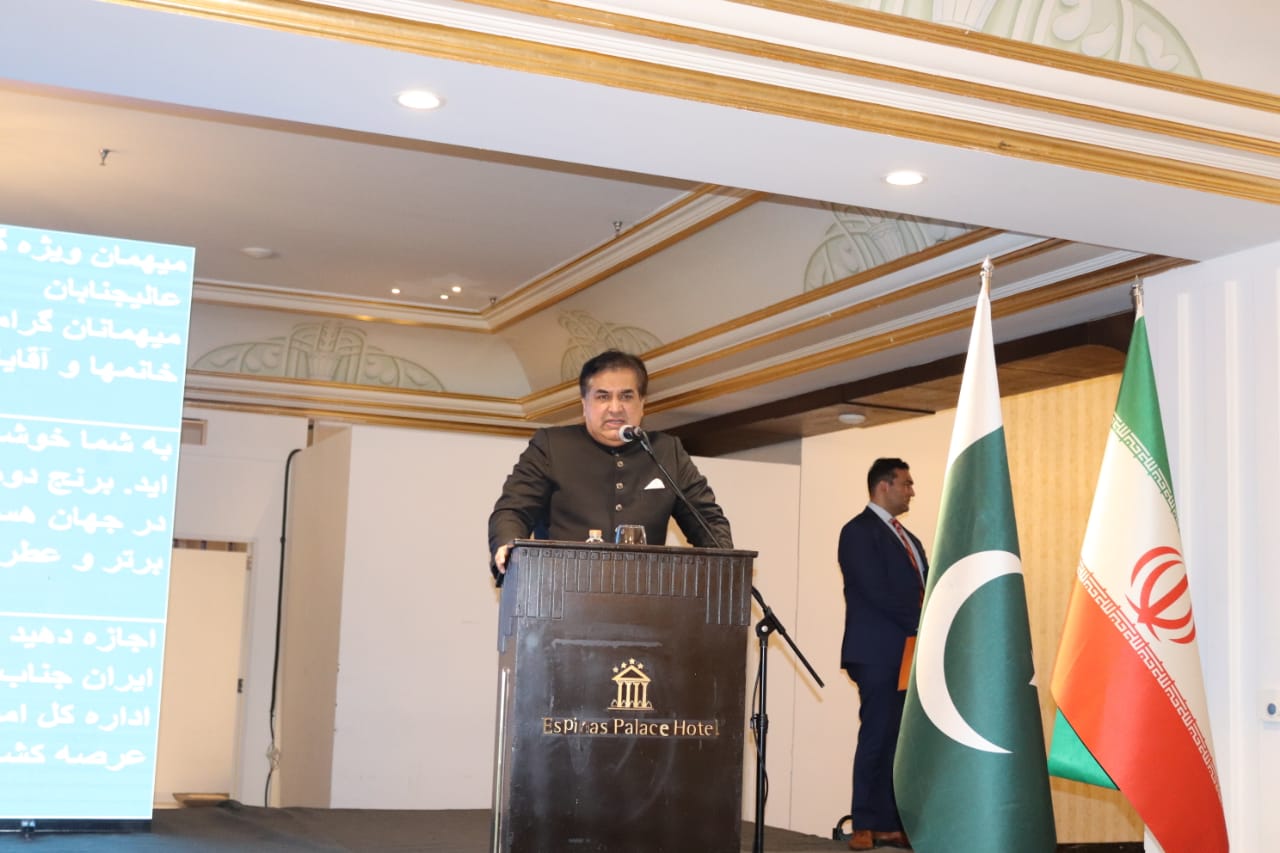South Asia, a region known for its cultural richness, still grapples with a pervasive issue: colorism. This form of discrimination based on skin tone is deeply embedded in social, cultural, and economic structures. Despite global calls for inclusivity and equality, colorism continues to hinder progress in many areas, including gender equality, economic development, and social cohesion. In countries like Pakistan, it is not only a personal issue but also a societal and institutional challenge.

Colorism: A Legacy of Colonialism
The origins of colorism in South Asia can be traced back to the colonial period. The British Empire imposed the idea that fair skin represented superiority. This view linked lighter skin to power, wealth, and prestige. Over time, this ideology became ingrained in South Asian cultures. It shaped beliefs about beauty and status, often relegating darker skin to an inferior position. Even today, despite the end of colonial rule, these colonial-era beliefs continue to influence social hierarchies.
In Pakistan, lighter skin is often associated with class, purity, and higher status. This has led to the creation of a massive fairness product industry and reinforced harmful stereotypes, especially against women. Women, in particular, face disproportionate pressure, as beauty standards in the region have long been tied to skin color.

The Gendered Burden of Colorism on Women
Colorism negatively impacts women more than men. In Pakistan and other South Asian countries, women already face societal pressures. These pressures include marriage expectations, career limitations, and gender-based discrimination. The added burden of colorism makes it even harder for women to succeed. In the marriage market, lighter skin is often preferred, reducing a woman’s worth to her appearance. In the workplace, studies show that lighter-skinned women are more likely to be hired and promoted. This perpetuates gender inequality and restricts career growth for women with darker skin.
Fatima Lodhi’s Campaign Against Colorism: A Step Toward Change
One of the most important efforts to combat colorism in Pakistan came from Fatima Lodhi, a Pakistani influencer and activist. Frustrated by the societal pressure to conform to light skin standards, Lodhi launched the “Dark is Divine” campaign. This initiative encourages individuals, particularly women, to embrace their natural skin tones. The campaign emphasizes that beauty is defined by a person’s inherent qualities rather than their skin color.

The campaign quickly gained traction on social media. Many people shared their experiences of discrimination due to their skin color. While this movement has made great strides in raising awareness, the societal response remains mixed. Resistance persists, especially in rural areas where colorism is deeply entrenched. Although the campaign has sparked important conversations, the struggle against colorism is far from over.

Economic and Social Consequences
Colorism not only harms individuals but also damages the broader social and economic fabric of a country. When segments of the population are excluded from opportunities based on skin color, national progress is hindered.
In Pakistan, colorism intersects with other inequalities, like gender and poverty, limiting access to education, healthcare, and employment. This exclusion hampers the country’s economic growth. A society that marginalizes people based on skin color reduces its own potential and creativity. Colorism also affects a nation’s global reputation. As the world shifts toward diversity and inclusion, South Asia risks isolating itself by perpetuating colorism.
Mental Health Impact of Colorism
For young people, especially girls, colorism deeply affects mental health. Constant exposure to media images that glorify light skin creates feelings of inferiority among those with darker skin. This affects self-esteem, body image, and mental well-being. The fairness cream industry, worth hundreds of millions of dollars, only worsens the situation. These products promote the idea that dark skin needs to be “fixed.” Advertisements rarely feature dark-skinned individuals in empowering roles, reinforcing harmful stereotypes.
Media’s & Fairness Products Role in Perpetuating Bias
Media plays a central role in reinforcing colorism. South Asian films, television shows, and advertisements often portray light skin as the ideal. Fairness product advertisements strengthen this narrative. These products rarely show dark-skinned individuals in positive or empowering roles. While some international organizations and activists have raised their voices against colorism, their efforts have yet to make a lasting impact. The industry continues to churn out products that reinforce harmful stereotypes and perpetuate colorism’s grip on society.

Colorism and Gender Equality: The Bigger Picture
Colorism is more than just a beauty issue. It is a major barrier to gender equality. Women in South Asia already struggle with patriarchal gender norms. Colorism adds another layer of inequality. Dark-skinned women often face discrimination in education, work, and leadership positions. Studies show that lighter-skinned women are perceived as more competent, even without supporting evidence. This perception limits opportunities for dark-skinned women and reinforces the idea that their value lies in appearance, not abilities.
The International Response: Slow Progress
International organizations, like the United Nations, have recognized colorism as a significant issue. They advocate for stronger anti-discrimination laws and more diverse media representations. Yet, progress remains slow. Cultural attitudes toward colorism remain deeply entrenched, especially in South Asia. Campaigns like Fatima Lodhi’s “Dark is Divine” are vital but not enough on their own. Real change requires a shift in societal norms and values.
The Role of Education in Combating Colorism
Education plays a crucial role in challenging colorist attitudes. Schools and universities should include lessons that raise awareness about colorism and its harmful effects. Promoting diversity and inclusion in the curriculum helps foster understanding from an early age. Empowering young people with knowledge about the history and impact of colorism can create a more tolerant and accepting society.

The Path To Change
The fight against colorism is part of the larger struggle for gender equality. Societies must reject the idea that a woman’s value depends on her skin color. Media, education systems, and governments must promote diversity and inclusivity. Social media platforms like Instagram and TikTok have the potential to amplify voices challenging beauty norms. Campaigns like “Dark is Divine” are just the beginning. For true change to happen, South Asia must confront colorism and integrate discussions of it into gender equality movements. Only then can society embrace diversity, where women’s worth is based on intellect, character, and abilities, not skin tone.
Related Stories:
CERD holds 107th session of the Committee on the Elimination of Racial Discrimination
Kemi Badenoch Becomes First Black Woman to Lead Britain’s Conservative Party
US lawmaker Rashida Tlaib slams racist image of her with exploding pager
















